How Do You Determine R vs S Configuration of a Chiral Carbon Based on Atomic Priority and Spatial Arrangement?
Published on 02/27/2025 · 9 min readIn organic chemistry, understanding the spatial arrangement of atoms in a molecule is crucial, especially when dealing with chiral molecules. Chiral carbons, those bonded to four different substituents, can have two non-superimposable mirror images called enantiomers. To distinguish between these enantiomers, we use the R/S system of absolute configuration. But how exactly do we determine if a chiral carbon is R or S?
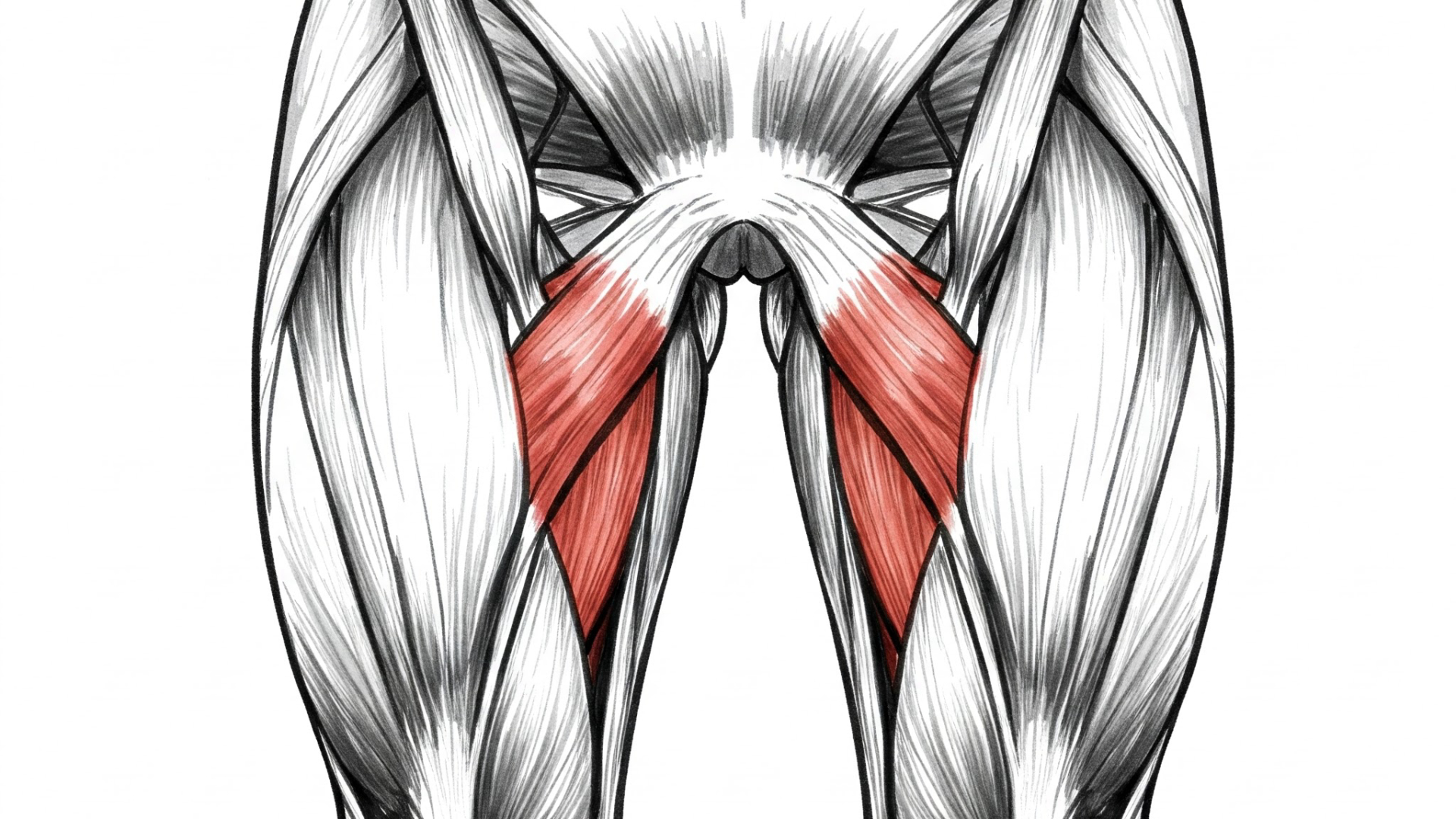
Table of Contents
Understanding Chirality and Chiral CentersThe R/S Configuration: A Pencil-and-Paper ApproachStep 1: Assigning PrioritiesStep 2: Orienting the MoleculeStep 3: Determining R or SFour Common Scenarios and How to Handle ThemScenario 1: Lowest Priority Group is in the BackScenario 2: Lowest Priority Group is in the FrontScenario 3: Dealing with Long ChainsScenario 4: Lowest Priority Group is Neither in Front Nor Back (Swapping Method)R/S Configuration in Fischer Projections
Understanding Chirality and Chiral Centers
Before diving into R/S configuration, let's quickly recap chirality. A molecule is chiral if it is non-superimposable on its mirror image. A common cause of chirality is the presence of one or more chiral centers, typically a carbon atom bonded to four different groups.
The R/S Configuration: A Pencil-and-Paper Approach
Unlike the D/L system, which is determined experimentally using a polarimeter, the R/S configuration is assigned using a set of priority rules based on the atomic numbers of the atoms directly attached to the chiral carbon. This is a theoretical method you can perform with "pencil and paper."
Step 1: Assigning Priorities
The first step is to assign priority to the four substituents attached to the chiral carbon based on the Cahn-Ingold-Prelog (CIP) priority rules:
- Higher atomic number gets higher priority. For example, iodine (I) has a higher atomic number than bromine (Br), which has a higher atomic number than chlorine (Cl), and so on. Hydrogen (H) always has the lowest priority.
- If two atoms directly attached to the chiral carbon are the same, look at the next atoms in the chain until a point of difference is found. The group with the higher atomic number at the first point of difference gets higher priority.
- Multiple bonds are treated as if the atom is bonded to that many of the atoms. For example, a double bond to oxygen (-C=O) is treated as if the carbon is bonded to two oxygen atoms.
Step 2: Orienting the Molecule
Once priorities are assigned (1 being the highest and 4 being the lowest), you need to visualize the molecule with the lowest priority group (number 4) pointing away from you, into the plane of the paper (or in the "back").
Step 3: Determining R or S
Now, look at the order of the remaining three groups (priorities 1, 2, and 3). If the order from highest (1) to lowest (3) priority is clockwise, the configuration of the chiral center is designated as R (from the Latin rectus, meaning "right"). If the order is counterclockwise, the configuration is designated as S (from the Latin sinister, meaning "left").
Four Common Scenarios and How to Handle Them
Assigning R/S configuration can present a few common scenarios:
Scenario 1: Lowest Priority Group is in the Back
This is the easiest case. Simply ignore the lowest priority group and observe the direction of the arc from priority 1 to 2 to 3. Clockwise is R, counterclockwise is S.
Scenario 2: Lowest Priority Group is in the Front
If the lowest priority group is pointing towards you (in the "front"), follow the same procedure as above. However, the configuration you determine will be the opposite of the true configuration. If you see a clockwise arrangement, the actual configuration is S, and if you see a counterclockwise arrangement, the actual configuration is R.
Scenario 3: Dealing with Long Chains
When substituents are long chains, you'll need to zoom in and compare the atoms at each step along the chain until you find a difference in atomic number. The first point of difference determines the priority.
Scenario 4: Lowest Priority Group is Neither in Front Nor Back (Swapping Method)
If the lowest priority group is in the plane of the paper, you'll need to use the swapping method. Swap the lowest priority group with a group that is pointing away from you (into the back). Remember that each single swap inverts the configuration (R becomes S, and S becomes R). To avoid errors, it's often helpful to perform two swaps. Swapping twice returns the molecule to its original configuration, allowing you to determine the R/S designation without inversion after the second swap, as long as the lowest priority group is now in the back.
R/S Configuration in Fischer Projections
Fischer projections are a simplified way to represent chiral molecules. In a Fischer projection, horizontal lines represent bonds coming out of the plane (wedges), and vertical lines represent bonds going into the plane (dashes).
- If the lowest priority group (often hydrogen) is on a vertical line (going into the back), you can directly determine R/S by looking at the direction of the arc from priority 1 to 2 to 3.
- If the lowest priority group is on a horizontal line (coming out towards you), the configuration you determine from the 1-2-3 arc will be the opposite of the true configuration.
Determining the R/S configuration of a chiral carbon is a fundamental skill in organic chemistry. By carefully applying the priority rules and visualizing the spatial arrangement of the substituents, you can accurately assign the absolute configuration and understand the stereochemistry of molecules.
Shop related blood tests
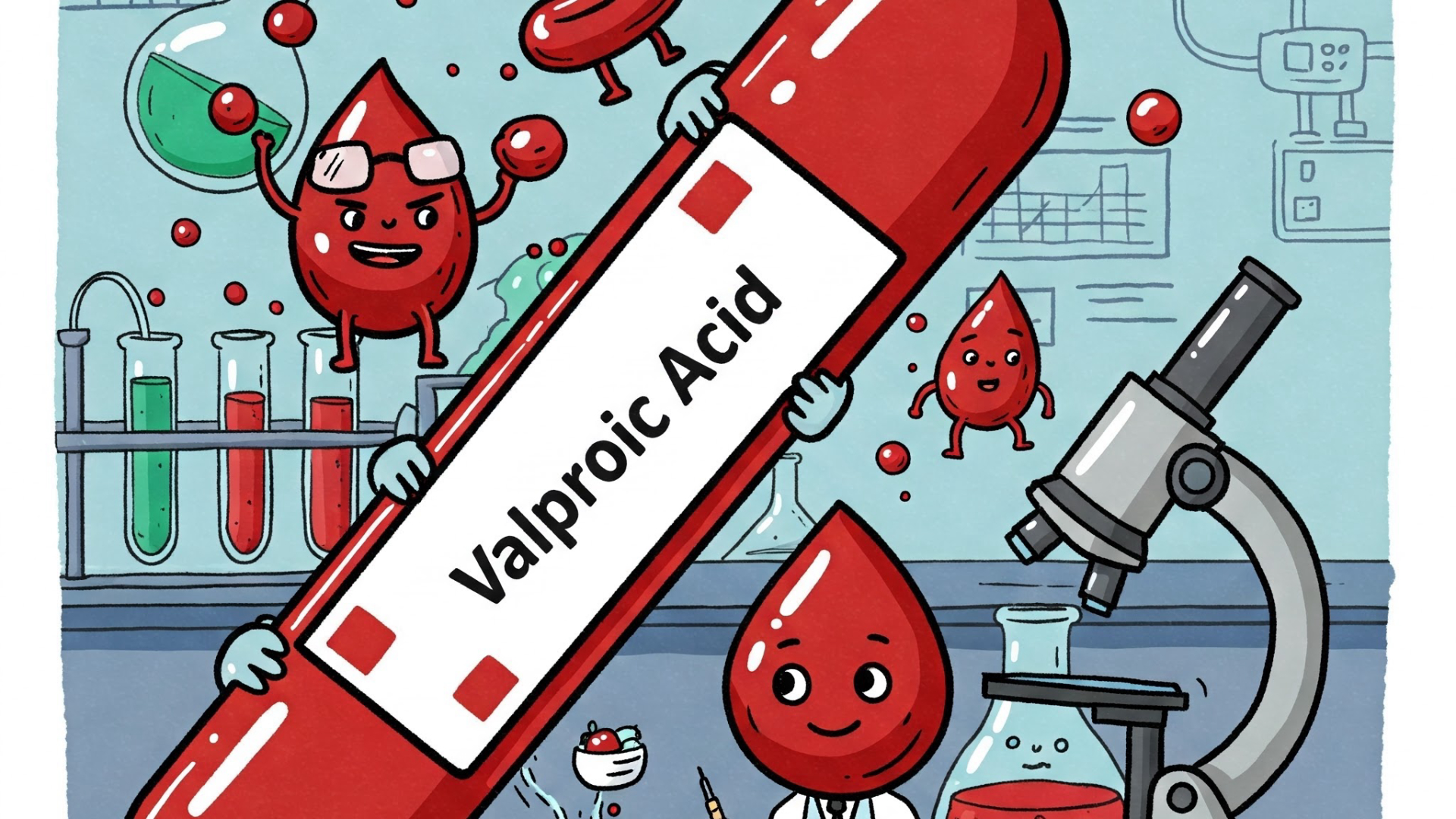
Valproic acid is a chiral drug, and its enantiomers can have different pharmacological activities and metabolism. Monitoring valproic acid levels in the blood is crucial for therapeutic drug monitoring to ensure efficacy and avoid toxicity. While the test itself doesn't directly measure R/S configuration, understanding the principles of stereochemistry is relevant to the drug's overall behavior in the body.
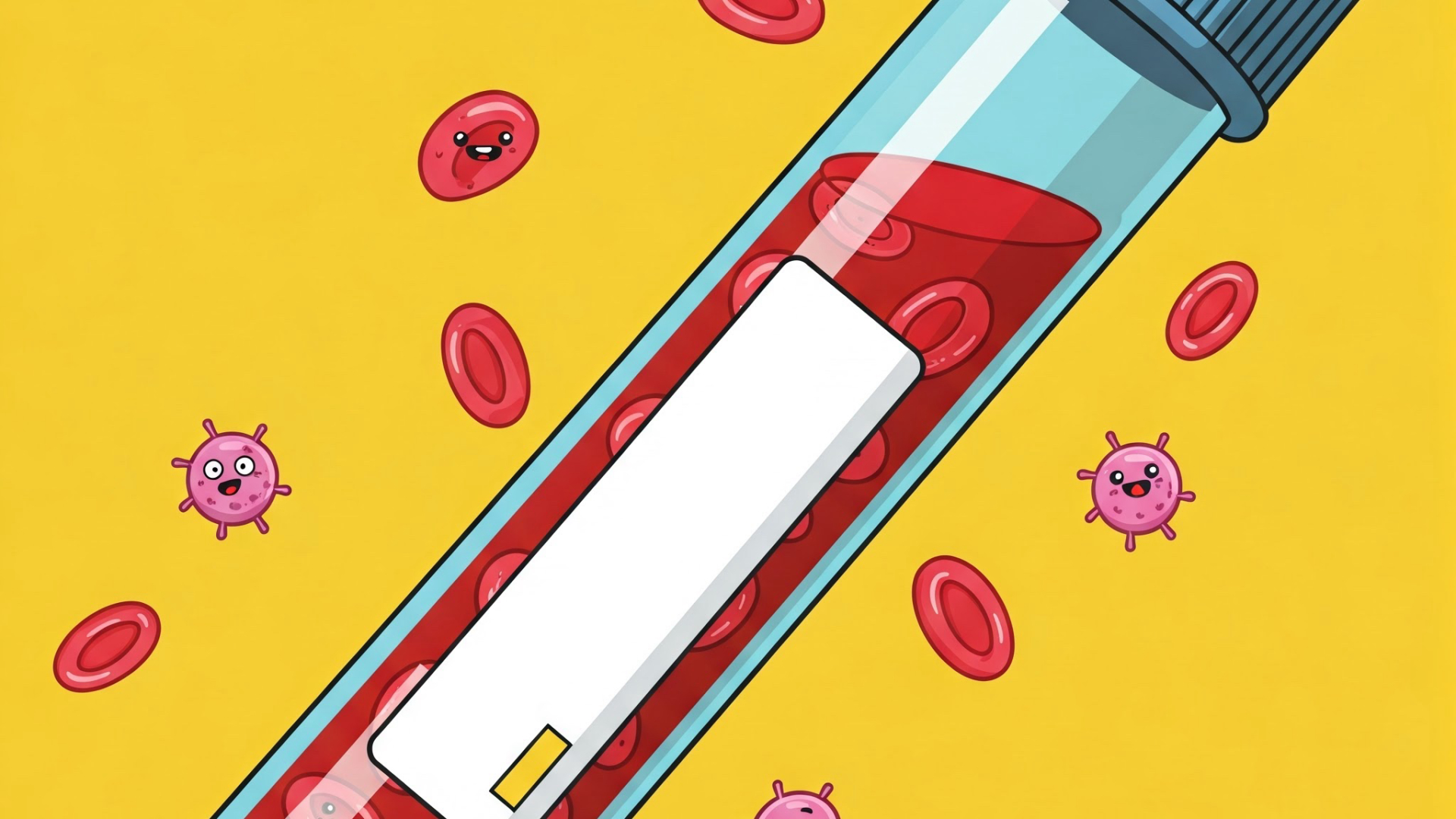
Lactic acid (lactate) is a chiral molecule. While standard lactic acid tests don't differentiate between the L-lactate and D-lactate enantiomers, the body primarily produces L-lactate. In certain metabolic disorders or conditions, the levels of D-lactate can increase. Understanding the stereochemistry helps in interpreting the significance of elevated lactate levels and considering potential underlying issues related to chiral molecule metabolism.
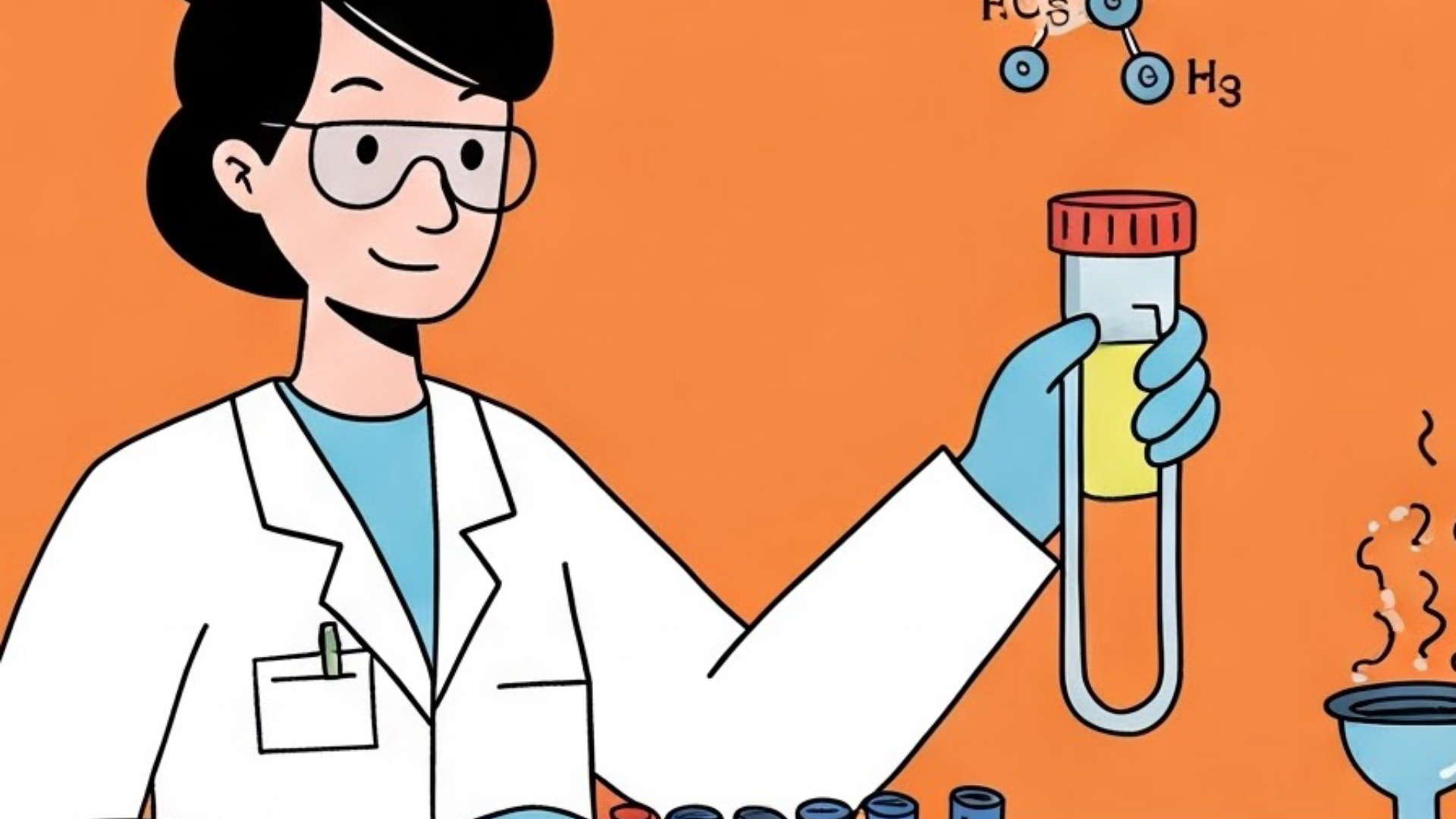
Methylmalonic Acid, GC/MS/MS, Urine (MMA)
While not directly related to R/S configuration in the same way as a chiral drug, this test is relevant to metabolic pathways involving molecules that can have stereoisomers. Elevated MMA levels can indicate vitamin B12 deficiency or methylmalonyl-CoA mutase deficiency, impacting the metabolism of certain branched-chain amino acids, which can have chiral centers. Understanding stereochemistry is foundational to comprehending these metabolic processes.
Read next
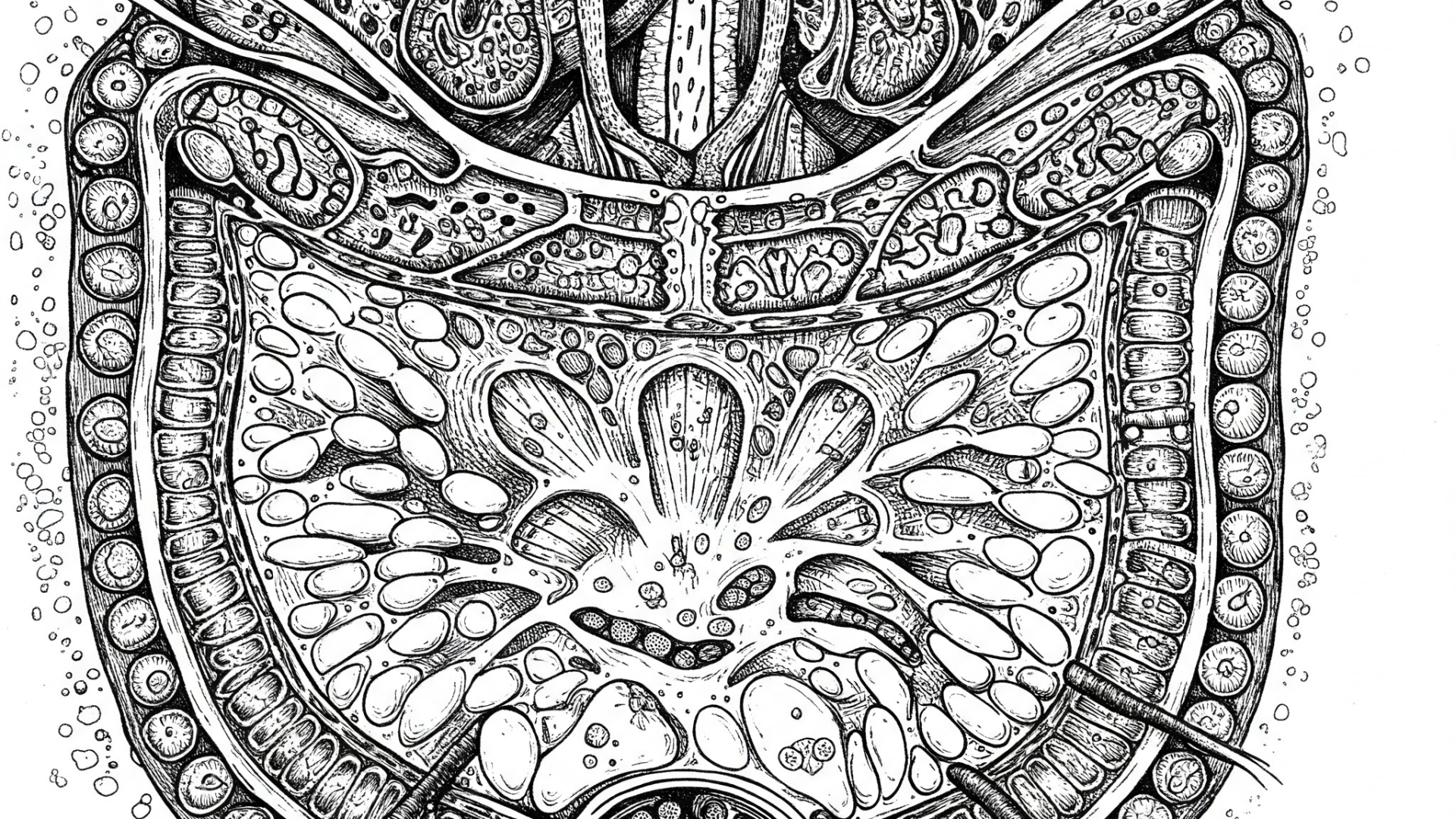 Written on 03/07/2025
Written on 03/07/2025What Are Centromeres and Telomeres? Exploring Their Structure, Function, and Role in DNA Replication and Cell Aging.
Ever wondered how our genetic material, DNA, is organized and protected within our cells? Two key structures play vital roles in this process: centromeres and telomeres. Let's dive into their fascinating world and understand their significance in cell division and the aging process. Read more
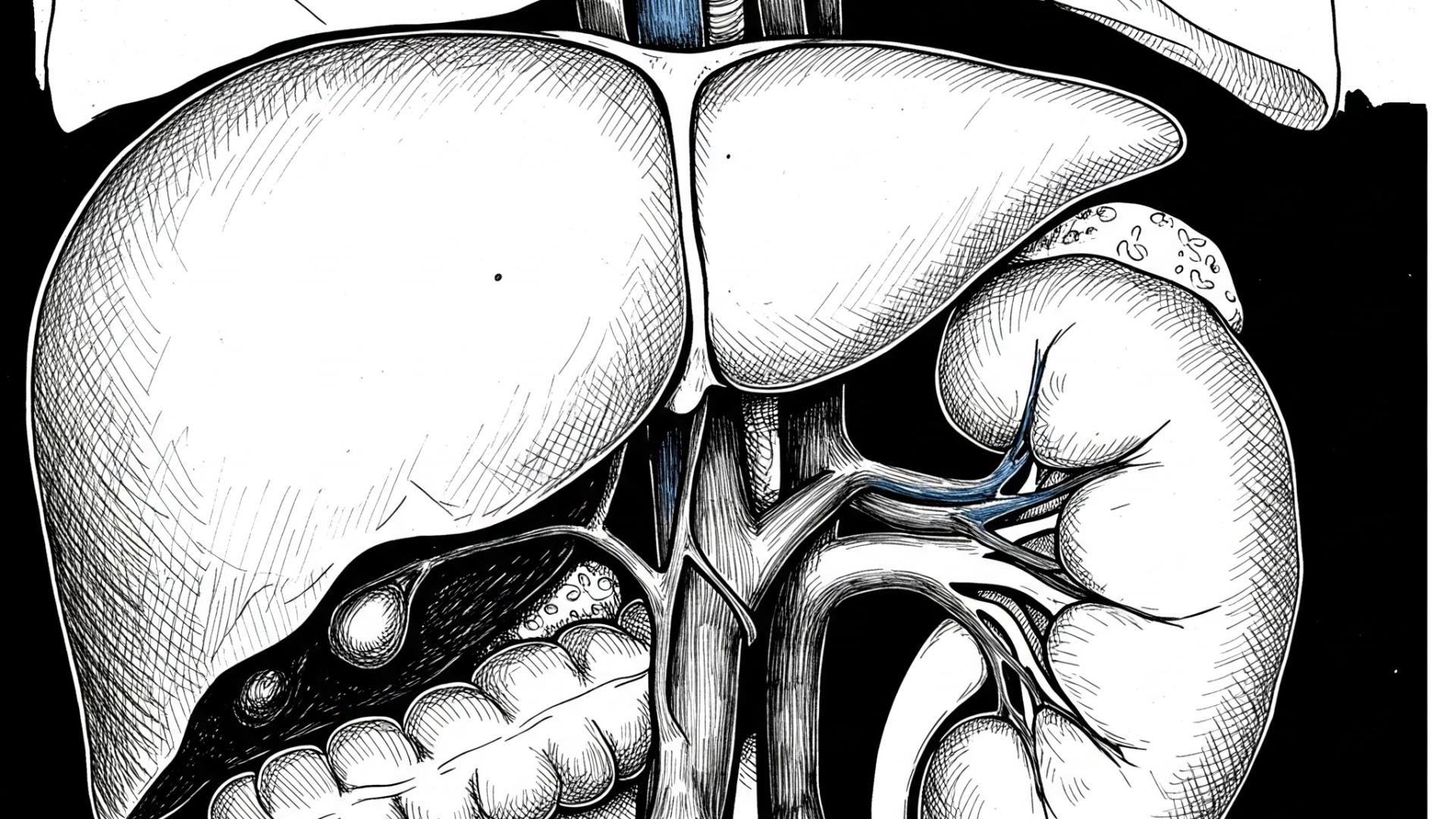 Written on 03/03/2025
Written on 03/03/2025What is Hepatorenal Syndrome? Understanding the Liver-Kidney Connection, Symptoms, and the Role of Vasodilation and Renin?
Let's dive into hepatorenal syndrome, a serious condition where a problem in the liver leads to kidney dysfunction. As the name suggests, hepato refers to the liver, and renal refers to the kidney. Understanding this connection is crucial for recognizing and managing this syndrome. Read more
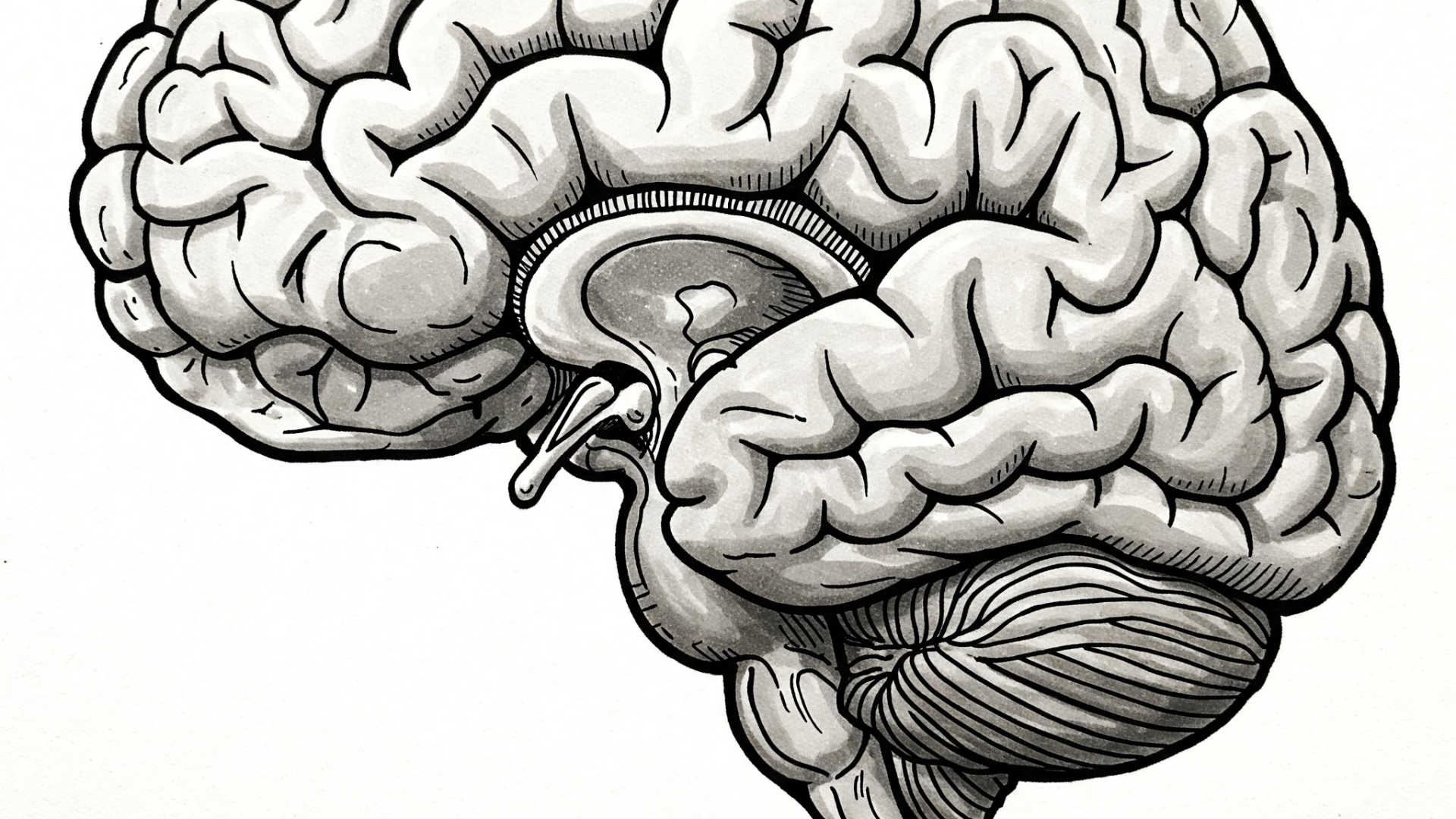 Written on 03/02/2025
Written on 03/02/2025What is Korsakoff Syndrome, its causes including thiamine deficiency and alcoholism, key symptoms like amnesia and confabulation, affected brain regions, diagnosis, and treatment with vitamin B1?
Ever wondered about a condition that intricately links memory, nutrition, and even excessive alcohol consumption? Let's dive into Korsakoff Syndrome, a fascinating yet serious neurological disorder. Read more
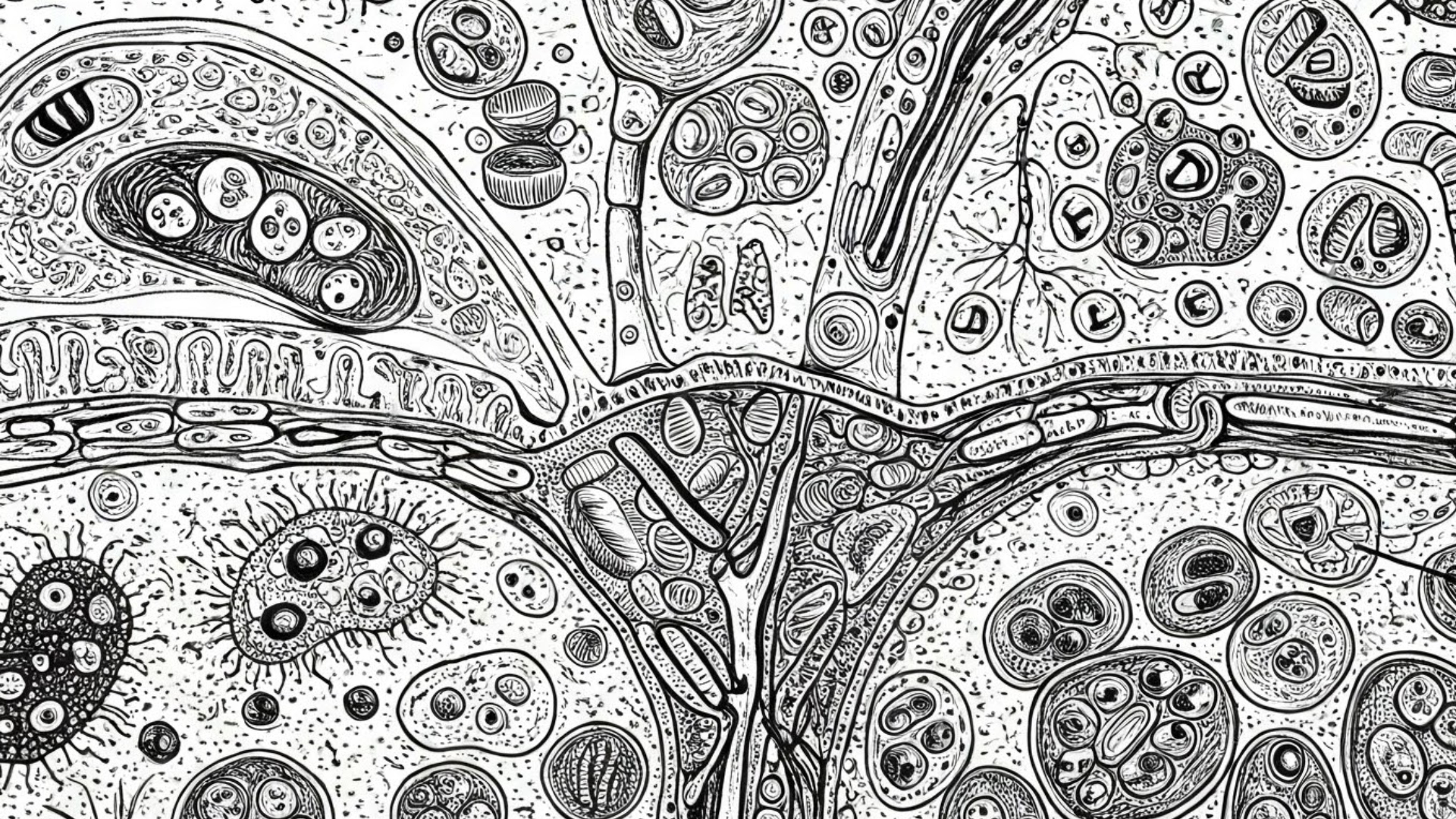 Written on 03/06/2025
Written on 03/06/2025What Are the Core Tenets of Cell Theory, and How Do Prokaryotic and Eukaryotic Cells Differ?
Let's break down the word "biology." As the study of etymology tells us, "bio" means life, and "logy" (from "logos" or "logia") means the study of. So, simply put, biology is the study of life. And what's the basic unit of life? You guessed it – the cell! Our bodies are made up of around 100 trillion cells – pretty mind-blowing, right? Read more